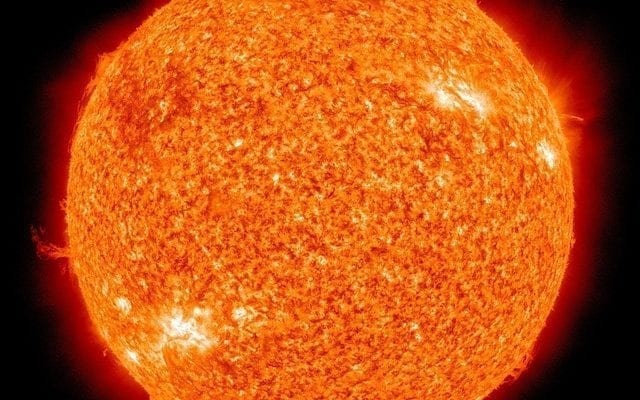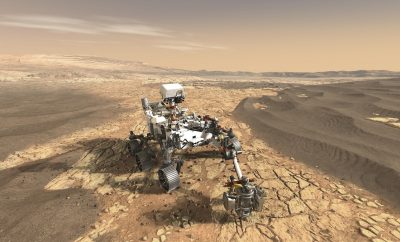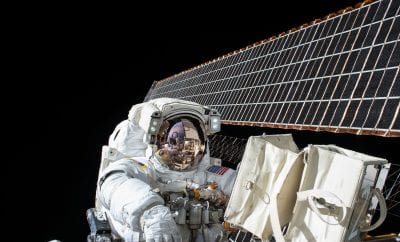
News
NASA Probe Set to ‘Touch the Sun’ on Historic Mission
It has been an exciting year for astronomers, with many new discoveries and missions underway to unlock the mysteries of the cosmos. A particularly exciting new mission is set to launch on August 11, with NASA scheduled to launch its Parker Solar Probe on an expedition to “touch the sun.”
The probe will be the first spacecraft to pass through the Sun’s corona, the outermost part of the sun’s atmosphere. The mission will not exactly touch the sun, which burns at a balmy 9,941 °F, but it will be monumental in that it will drastically further our knowledge of the sun, according to a statement on NASA’s website.
The Parker Solar Probe will blast off aboard a United Launch Alliance Delta IV Heavy Rocket from Space Complex 37 at Capanerval Air Force Station, Florida.On its journey to the sun, the probe will face extreme heat and radiation, making it the closest any spacecraft has ever been. Again, close is a relative description, as Parker will make it to about 3.8 million miles from the Sun’s surface, the closest it can be without being incinerated.
Even at this distance, Parker will encounter temperatures of about 2,5000 °F and will be protected by a specially-made 4.5 inch-thick carbon-composite shield. Inside the spacecraft, the probe and its many delicate and precise instruments will operate at normal temperatures, collecting data while in the Sun’s corona. Parker will use Venus’ gravity to complete seven flybys over seven years, each time getting closer to the sun. On its final approach, it will be zipping through space at 430,000 mph.
Parker was built by the Applied Physics Laboratory at John Hopkins University and was named after solar physicist Dr. Eugene Parker. Scientists hope this $1.5 billion mission will help us develop a better understanding of not only our Sun, but also other yellow dwarf stars in the universe similar to ours. The Sun is the source of solar wind, also known as space weather, and can be extremely destructive to our environment on Earth. Space weather can wreak havoc on satellites in orbit, spacecraft, or even our electrical grid on the surface of Earth. With this new knowledge Sun, we can more accurately predict these destructive events and plan accordingly.
As we continue to venture out into the unknown in search of deepening our understanding of the universe, humankind is once again force to humble itself and realize we truly are only at the beginning of this journey. NASA said, “As we send spacecraft and astronauts further and further from home, we must understand this space environment just as early seafarers needed to understand the ocean.”





0 comments